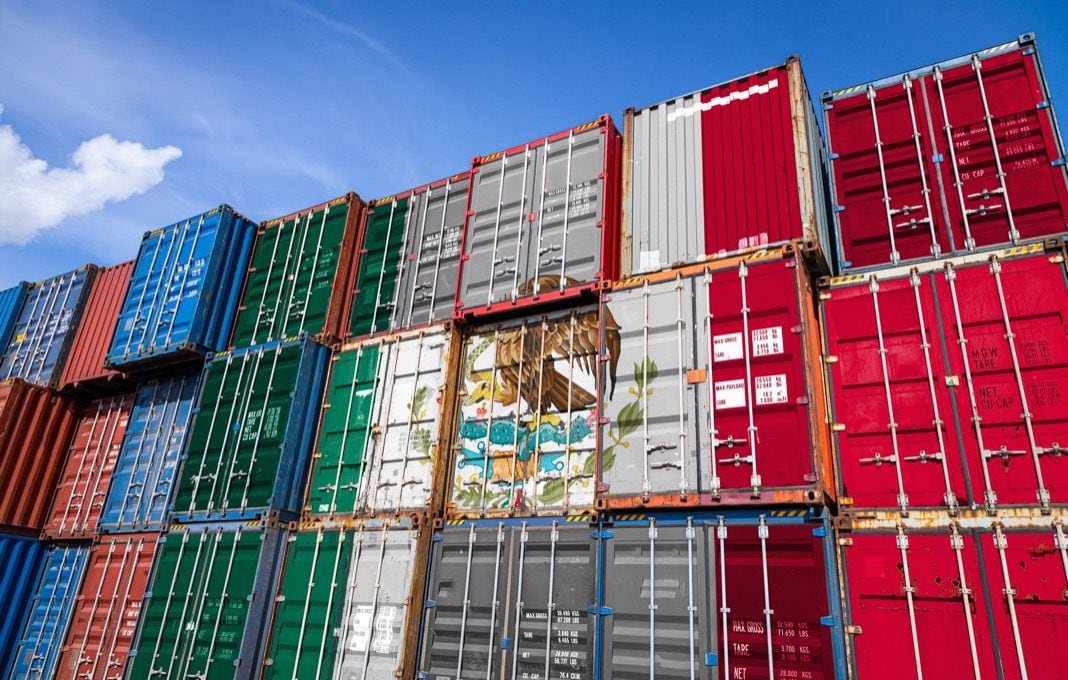
LLYC Director of Public Affairs
Since the beginning of humanity, human beings have always longed to glimpse the world that awaits in the future. At the beginning of the 20th century, French illustrator Jean Marc Côté imagined and predicted what the year 2000 would be like through his illustrations: a world with video conferencing, mechanical harvesters, and even warplanes. Surprisingly, Côté was not wrong at all. Today, the agrotech industry is flourishing, video conferencing is commonplace, and unfortunately, war drones are also part of our reality.
Futurists do not have a magic ball, but we do use tools and methodologies to detect signals, analyze trends, imagine wild cards (unexpected situations), understand contexts and create scenarios that allow us to anticipate possible future scenarios. In summary, our work involves everything from predicting the future to exploring its possibilities.
Future study techniques, such as cross-impact analysis, weak signals, prospective workshops, and storytellingallow us to prospect a wide range of phenomena, such as political changes, economic crises, natural disasters, and now, even apply it to phenomena such as nearshoring.
Speaking of Mexico Moment, It is crucial to think that if we really want to see tangible benefits for Mexicans derived from this relocation of companies, it will directly depend on the capacity of the State and the business sector to co-create long-term public policies that allow strengthening the rule of law, improving security and guarantee the protection of investments in our country.
Let’s imagine Fictional narratives of possible futures for Mexico in 2080 to place future political actors and decision makers in desirable scenarios to improve their strategy, anticipation and influence capabilities. The key question is: how could we influence now to make this a reality in the future?
The Mexican south as a world power in 2080
The sun is shining, the big corporations have moved to the beautiful and white Mérida, thus having a regional and decentralized hub of the industrial centers in the North and the Bajío. This movement has generated a boom in both tourism and industry, driven mainly by the outstanding educational offer of the southeastern region, from which more than 200,000 engineers graduate annually. These universities, in collaboration with global companies, offer a dual education with a business focus, providing solid quality Mexican talent that nourishes the more than one million jobs generated in the area, including indigenous groups.
Veracruz and Oaxaca are in the international news as the safest and most sustainable cities in the world thanks to the Mayan Train, Interoceanic Corridor, and its ten development poles built in a sustainable way and that have currently exceeded their calculated capacity for which they were planned: more of 50 industrial parks in the region, with a diversification in electricity generation of 10,000 MW (three times more than planned for 2024) and the efficient transportation of almost 4,000 containers per day between both oceans.
Mexico has established itself as a technological and scientific center for global companies, thanks to the reduction of messages of uncertainty, improvements in infrastructure and more attractive tax policies for investment that allow Mexico to be a globally competitive country.
Forced move: Global companies leave Mexico in 2080
Mexico’s economic and industrial centers are threatened by adverse weather conditions, and are forced to move to states with less water stress, such as southeastern Mexico, which became the best option since 2030 to continue industrial operations. .
However, the arrival of these industries to the south of the country has been chaotic and disorderly. No environmental impact studies have been carried out, environmental regulations or authorizations are not prioritized, nor are green bonds to counteract the more than 100,000 square km of jungle that has been deforested due to poor infrastructure planning for the development poles of the Interoceanic Corridor. .
In just the last few months, we have witnessed endless lines of ships in both oceans, waiting to unload their containers at the Mexican ports of Salina Cruz and Coatzacoalcos to cross to the other ocean. Insufficient port infrastructure, saturated controlled areas, high inspection and poor understanding of customs processes by the military authorities that have assumed the functions of administration of ports, customs and border points, have contributed to the continuous economic losses of the private sector.
Energy costs in Mexico have increased by up to 40% more compared to costs in the US, largely due to regulatory uncertainty in recent decades, which has favored state-generated energy over self-generated power. -generation.
This situation has scared away investments and has disappointed global companies that at some point considered landing or reinvesting in Mexico. These types of future imagination exercises, in which we explore utopian, dystopian or desirable scenarios, allow us to visualize where we want to move forward and what paths we want to avoid at all costs. Furthermore, they give us the opportunity to understand the importance of public policies, which can and should be part of long-term plans, must have strategies to face potential crises and anticipate risks. The above ensures the permanence of what we want to stay, grow and develop in our country.
